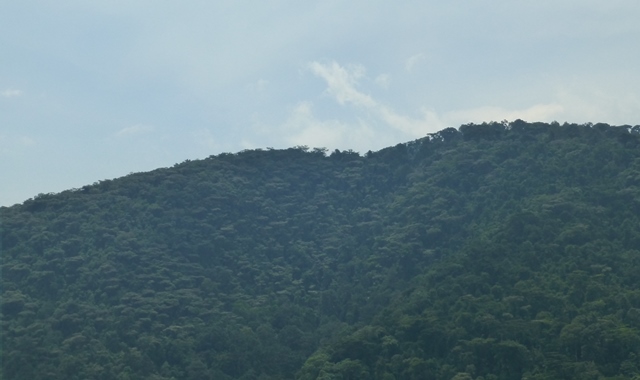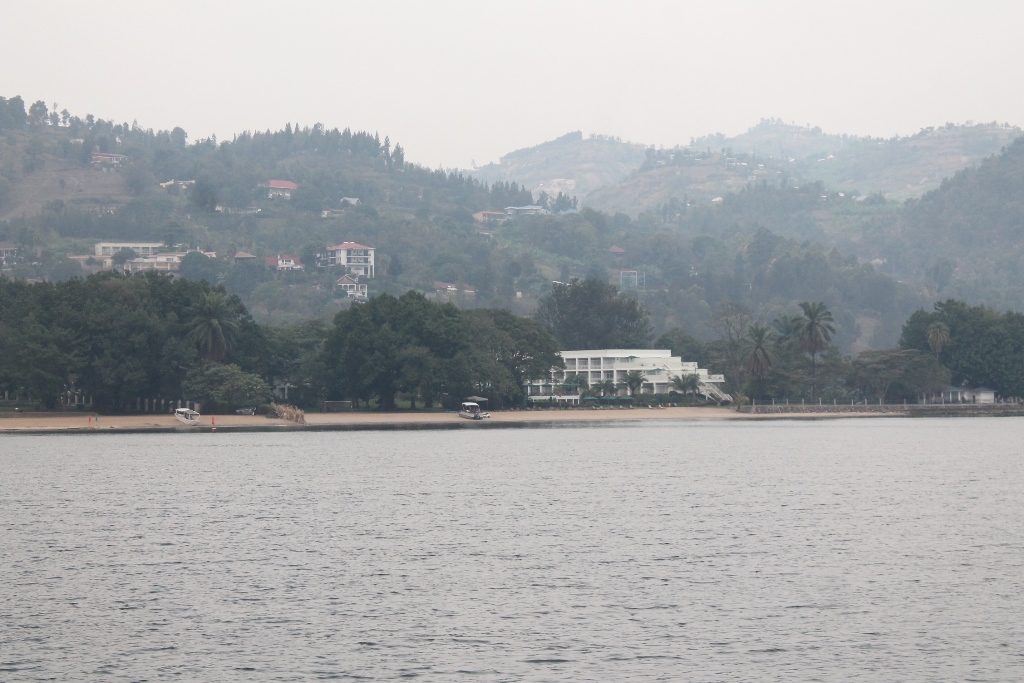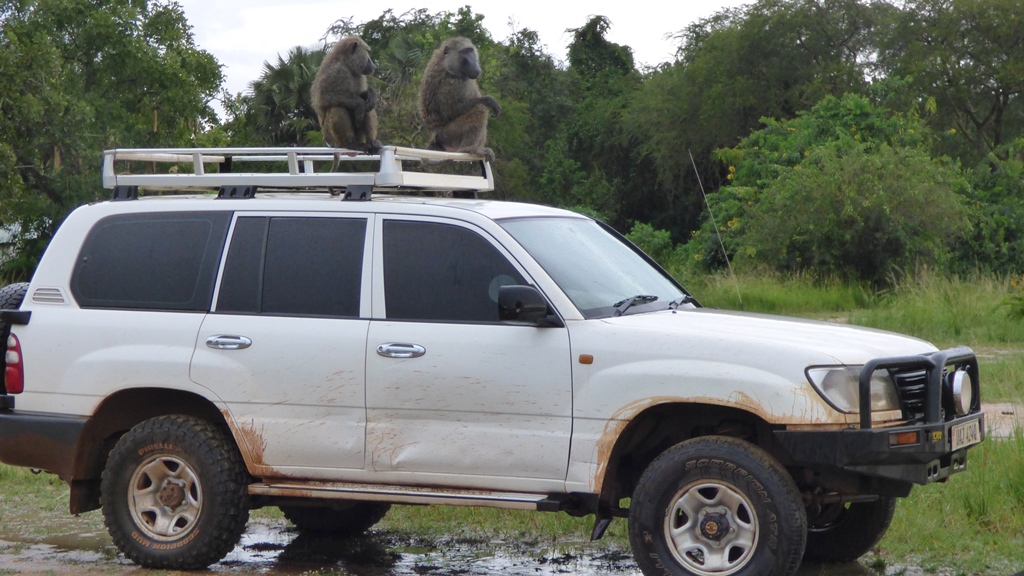
Bwindi Impenetrable National Park is home to the biggest population of gorillas in Uganda, and having more than 10 habituated gorilla families is automatically the destination of choice for gorilla trekking tours in Uganda. It is also the only place for the exclusive gorilla habitation trek which provides a chance to spend more time with the gorillas in a smaller group of people.
The Bwindi gorilla trek is also cheaper than the gorilla trek in Rwanda done in Volcanoes National Park (a part of the Virunga Mountains range shared with Uganda too). However, a number of travelers decide to go for the gorilla tour Rwanda on the assumption or theory that it offers an easier trek than Bwindi.
But how difficult or hard is the trek in Bwindi? We discuss this the level of difficulty of the gorilla trek in Bwindi Impenetrable National Park.
Why is it a hard trek in Bwindi forest?
The rugged & steep hills
The park sits on huge rugged hills with many steep hills that are covered in dense forest. What would make the trek hard is that you may have to climb one hill and then another hill to find the gorillas. A beautiful adventure but is more enjoyable if fit
The trek can also be very easy if the gorillas are [located walk] down into the valley from your starting point or
There can be two kinds of people trekking in Bwindi;
- one that is disappointed due to a very short trek to the gorillas after preparing for and expecting longer adventurous trek in the jungles,
- another that has come back very tired from such a long and arduous trek up and down the hills that they had not prepared for or imagined
The “impenetrable” forest
Bwindi is aptly named “impenetrable” because of the dense forest and vegetation that covers these massive highlands. During the trek the park rangers use a machete to cut the vegetation to create a way to the gorillas.
The thick vegetation can provide some challenges as you may need to occasionally push away branches and shrubs out of the way.
There are also prickly and stinging plants hence you are advised to have garden gloves and long sleeved shirts and long pants.
For the nature lover however, the dense vegetation gives you an opportunity to embed in a true African jungle, feel the closeness to nature like you have never experienced before, and learn about the various plants especially those useful to the gorillas.
Note that some areas of Bwindi forest are more dense than others so you may select a region for the gorilla trek depending on how dense the forest is
Dry season vs wet season
The weather season will also determine how harder your trek in Bwindi National Park will be. Uganda experiences two seasons, the wet season (lots of rain) and dry season (mostly hot with little rain). Trekking during the dry season (June – August & Dec – Feb) is not as hard as trekking during the wet season (March to April, Sept to Nov) because the trails will be dry while the wet season causes slippery trails that will result in a difficult trek.
Sector or part of Bwindi you will be trekking in
Bwindi National Park is made of rolling hills clad with dense forest. However the altitude varies across the highlands and different sectors of the park are more hilly and rugged than others. This implies different parts of the park are known to be more difficult than others.
The level of difficult of the trek may well depend on the sector of Bwindi National Park where you will be trekking to see the gorillas.
Buhoma and Ruhija sectors have relatively easier terrain, and thus may provide easier treks. On the other had the Rushaga and Nkuringo are known to be more hilly and rugged and thus providing more difficult trek.
How to prepare for a difficult gorilla trek in Bwindi forest
Fitness is key: prior fitness preparation is essential for one to be in good enough shape to trek in the highlands.
Sedan chair: a sedan seat is available for hire for the physically challenged and those not feeling strong/fit enough to hike in the mountains.
Take porters: take one or more porters that will carry any of your personal items such as the daypack, freeing you from any extra weight. The porters also provide a push or pull in places you find quite challenging
Walk stick: walking stick is a must! Wooden walking sticks are provided by the park, however you can bring own professional hiking pole for better stability.
Enough drinking water: you will need to carry at least two liters of drinking water and regular drinking will counter altitude sickness. Remember you are trekking in altitude between 1160m – 2607m above sea level.
Leave a comment Cancel reply
Archives
- March 2025 (1)
- February 2025 (1)
- January 2025 (1)
- November 2024 (2)
- October 2024 (3)
- May 2024 (1)
- February 2024 (1)
- January 2024 (2)
- November 2023 (2)
- September 2023 (1)
- July 2023 (8)
- June 2023 (14)
- May 2023 (1)
- April 2023 (1)
- March 2023 (3)
- February 2023 (6)
- January 2023 (6)
- December 2022 (1)
- November 2022 (1)
- October 2022 (2)
- September 2022 (1)
- August 2022 (1)
- May 2022 (17)
- April 2022 (5)
- March 2022 (7)
- February 2022 (3)
- January 2022 (7)
- December 2021 (7)
- November 2021 (2)
- October 2021 (1)
- September 2021 (2)
- August 2021 (2)
- July 2021 (6)
- June 2021 (1)
- May 2021 (4)
- April 2021 (3)
- March 2021 (2)
- February 2021 (2)
- January 2021 (14)
- November 2020 (2)
- September 2020 (1)
- March 2020 (1)
- February 2020 (1)
- August 2019 (1)
- September 2016 (1)
- June 2016 (1)
- May 2016 (1)

